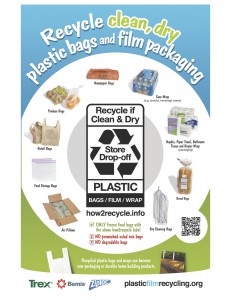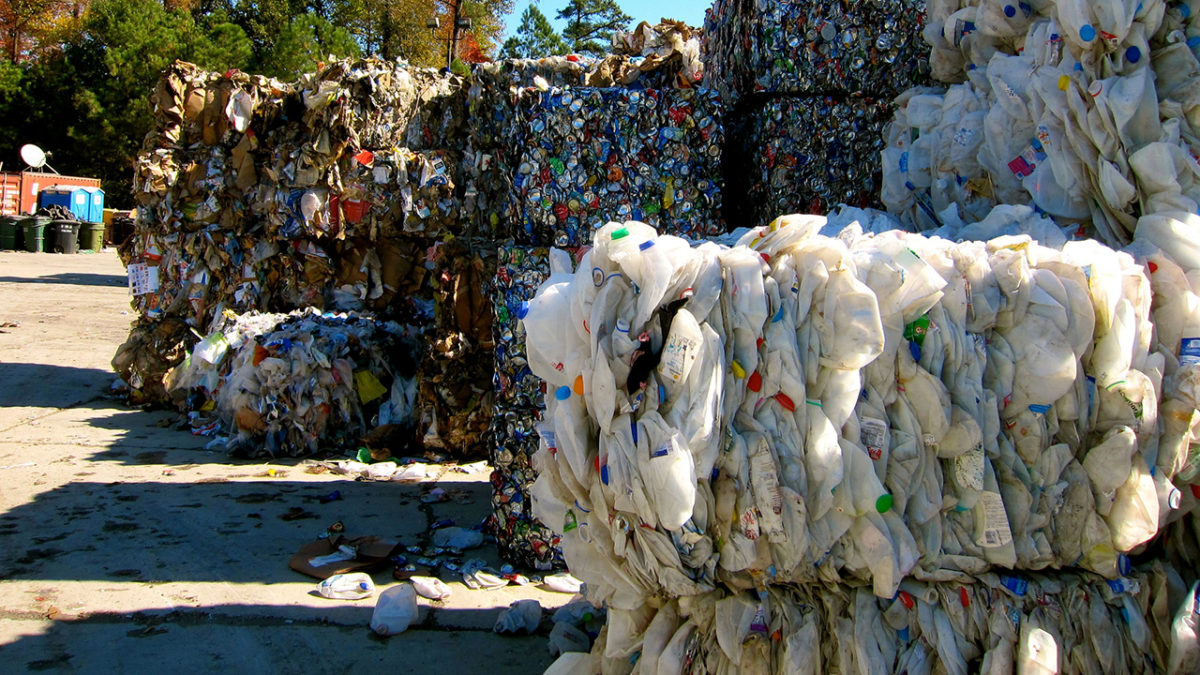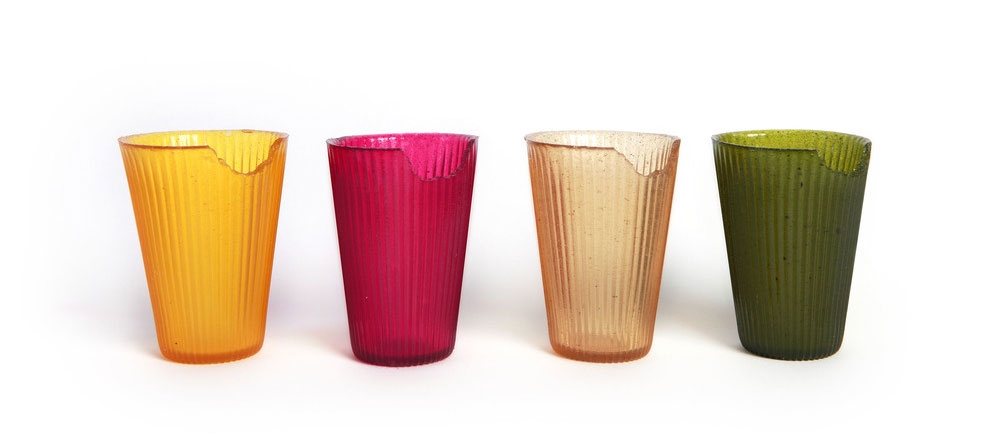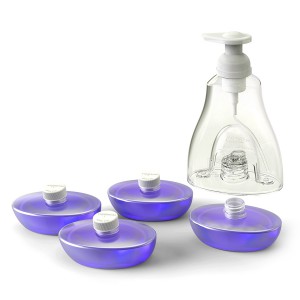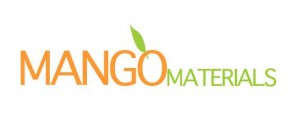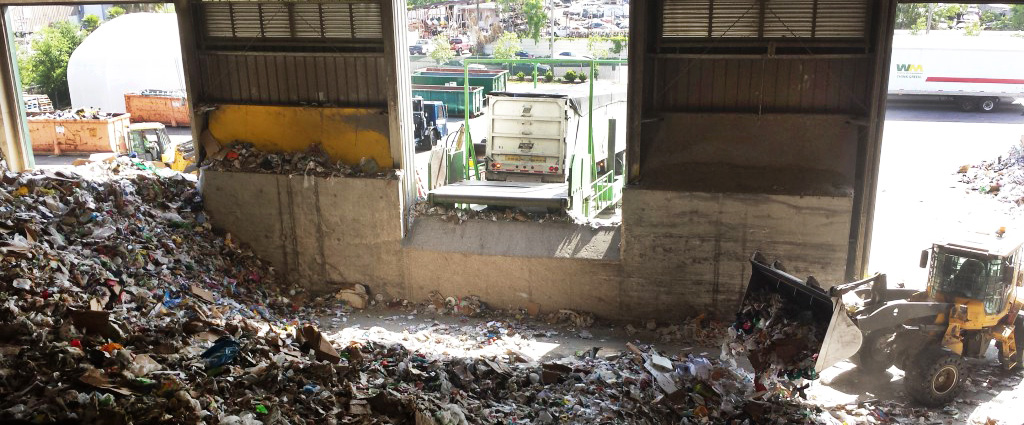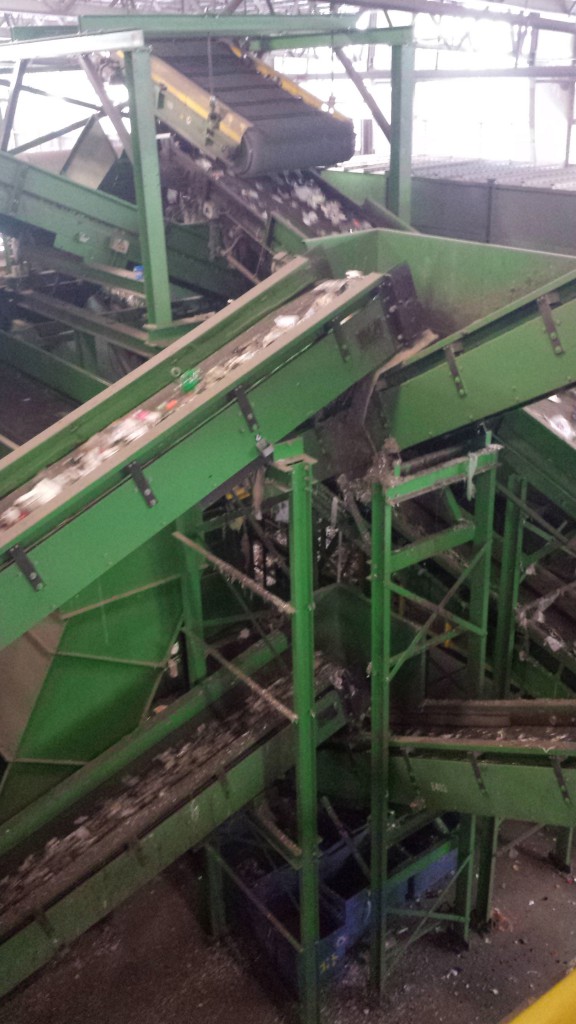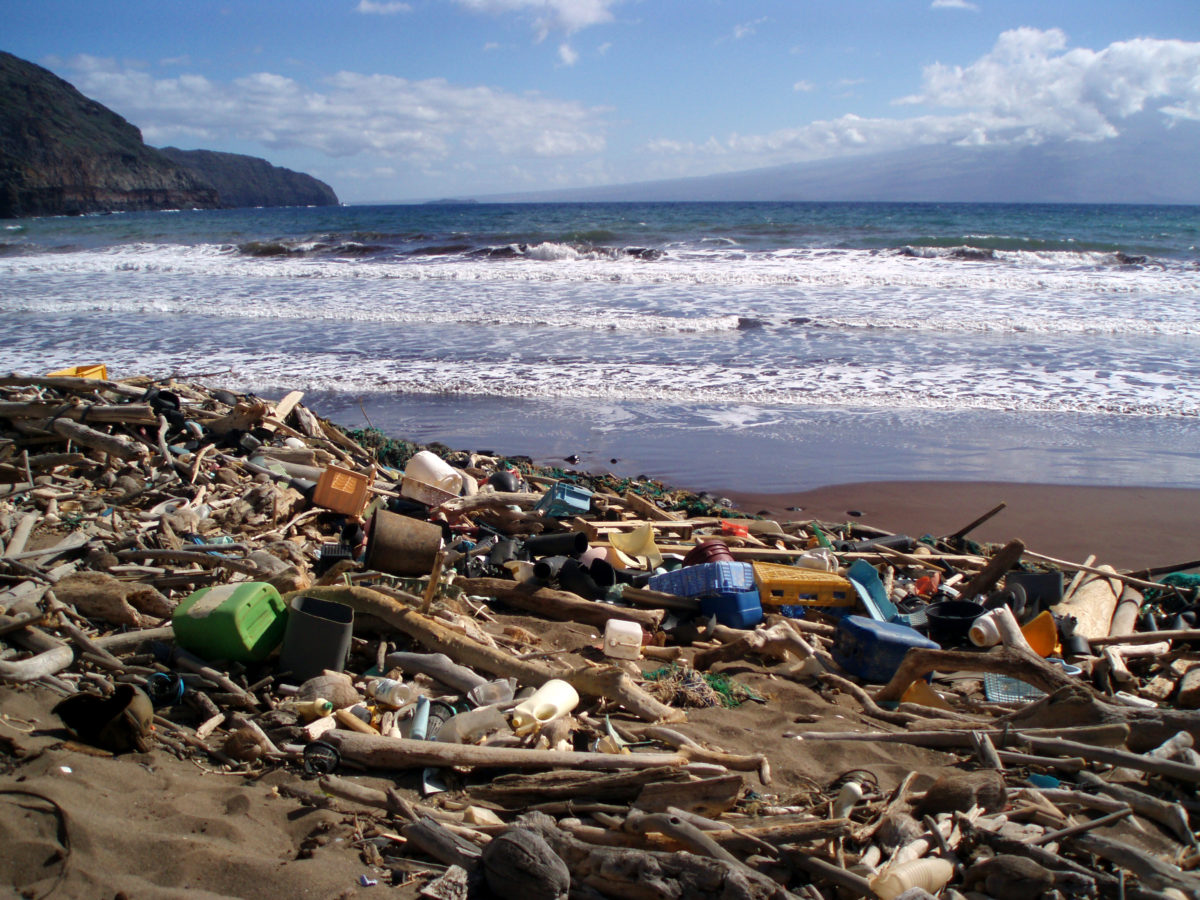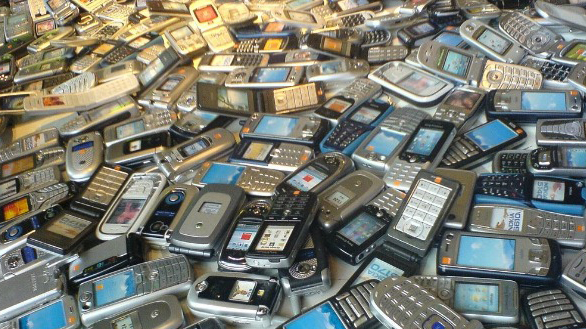Target’s Kim Carswell explains why the retail giant decided to join the How2Recycle program

At Target, our guests are the center of everything we do. We have a strong connection to our guests, and we continue to seek ways to be relevant to them. Adding the How2Recycle label to our owned brand packaging is a way to heighten this relevancy.
Why did you decide to use the label?
Two reasons: our guests and our company strategies.
We know that how our guests manage their packaging when they are done with it is a key way for them to live sustainably. Adding the H2R label to our packaging will help them dispose of it the right way. Using the label also increases the transparency between Target and our guests, which is important to us.
The label aligns with our three sustainability strategies:
- Provide our guests with ways to live more sustainably
- Offer a great assortment of sustainable products
- Reduce waste
How did you go about it?
We were very intent to attach this work to other brand redesigns already in the works.. We are looking at a long term schedule that will allow the work to grow organically. We are keen not to create packaging waste when we change our packaging designs. We plan to flow through the changes so that old inventories can be depleted. Another key goal is to embed the addition of the label into current processes as much as we can to set ourselves up for a robust and sustainable approach.
What Target products currently use the label?
We have the How2Recycle label on our food brands including Market Pantry, Archer Farms, and Simply Balanced. It is also on a wide array of our up&up products and select Spritz party supplies items.
And finally…
Here are 10 things we learned along the way and want to share with you. Success for Target, the Sustainable Packaging Coalition and all the other How2Recycle label users is for more and more companies to sign on, so we are delighted to share what we learned.
- Tie H2R to company strategies
- Take internal partners and engage them
- Find and tap into internal leaders
- Share the story
- Attach this work to planned brand designs
- Go to where people are
- Keep a close connection with the SPC
- Be flexible
- Keep sharing the story
- Recognize and celebrate the people and work
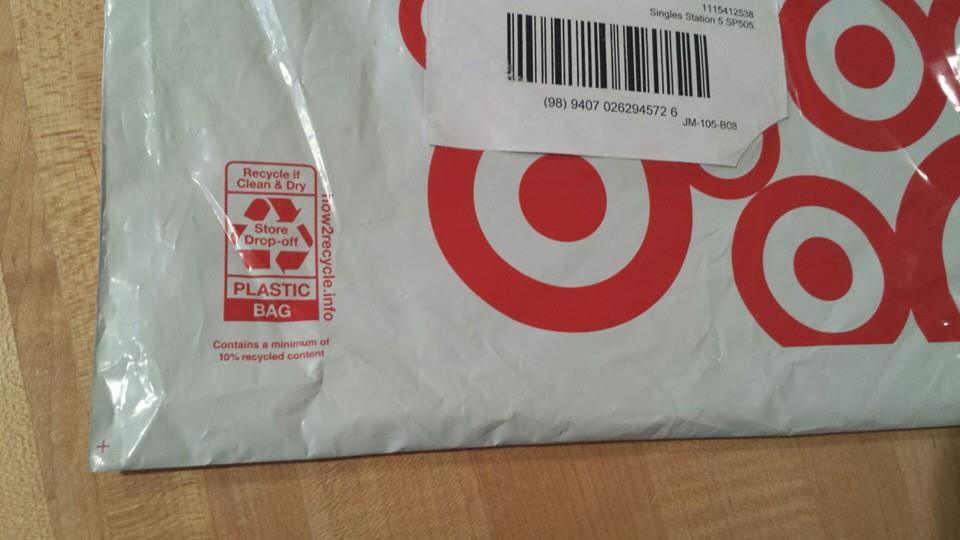
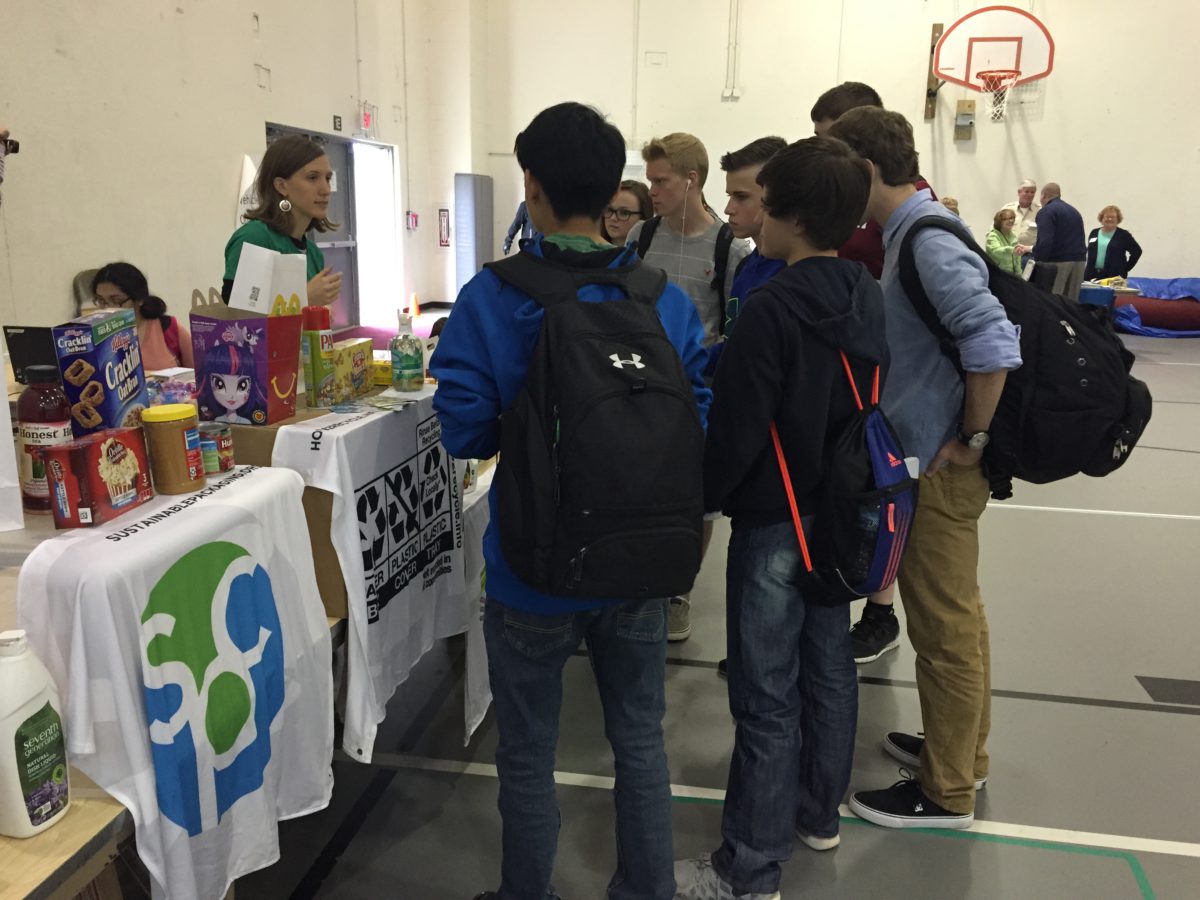
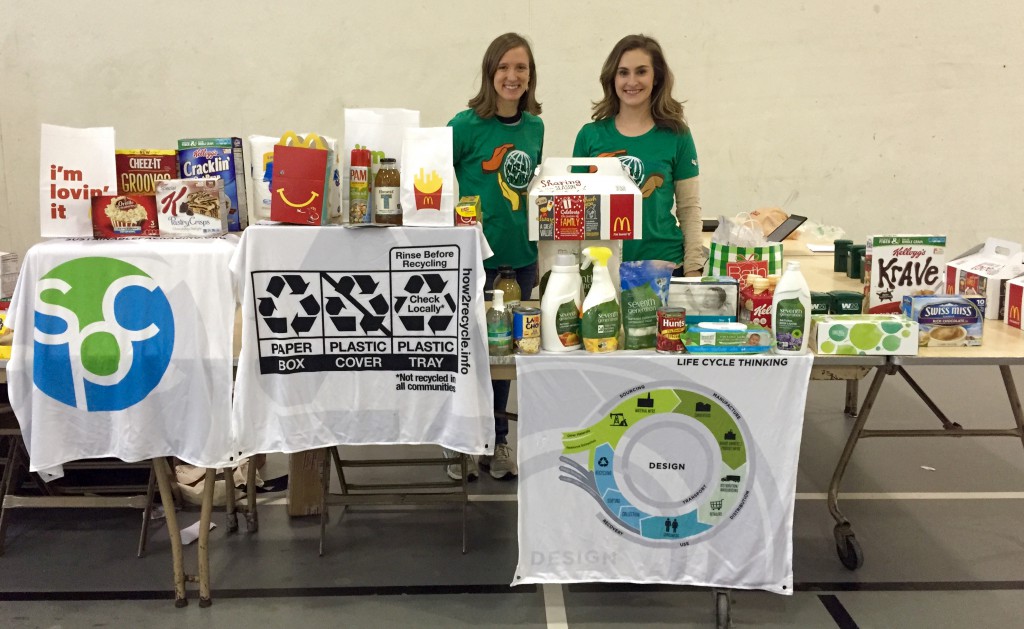
 Thanks also to HAVI Global Solutions for the priority placed on employees getting into communities and helping people. We have a popular annual tradition called the Week of Giving, which encourages employees to take time out of their work day in order to give back to our community. Through this program, we were able to participate in the Earth Day fair. These kind of activities help strengthen social capital, fostering the often-ignored social pillar of sustainability.
Thanks also to HAVI Global Solutions for the priority placed on employees getting into communities and helping people. We have a popular annual tradition called the Week of Giving, which encourages employees to take time out of their work day in order to give back to our community. Through this program, we were able to participate in the Earth Day fair. These kind of activities help strengthen social capital, fostering the often-ignored social pillar of sustainability.
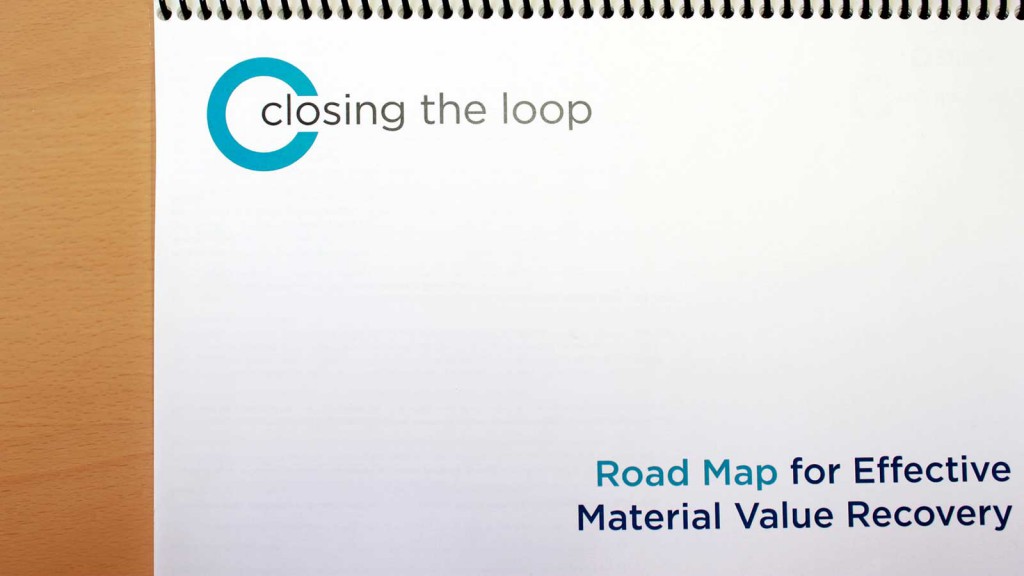
 the U.S., single-stream recycling collection has been increasing in popularity. Single-stream means residents put all recyclable materials (paper, plastic, glass, metals, and cartons) in one bin separate from other trash. While not a recycling “best practice” based on my research, single-stream collection has some benefits, including simplicity for residents and a greater volume of materials collected. But as more types of materials are mixed together, the resulting bales of sorted materials are worth less and less. And this doesn’t even begin to take into account the abysmally contaminated material bales produced by “dirty” material recovery facilities out of “all-in-one” collections
the U.S., single-stream recycling collection has been increasing in popularity. Single-stream means residents put all recyclable materials (paper, plastic, glass, metals, and cartons) in one bin separate from other trash. While not a recycling “best practice” based on my research, single-stream collection has some benefits, including simplicity for residents and a greater volume of materials collected. But as more types of materials are mixed together, the resulting bales of sorted materials are worth less and less. And this doesn’t even begin to take into account the abysmally contaminated material bales produced by “dirty” material recovery facilities out of “all-in-one” collections